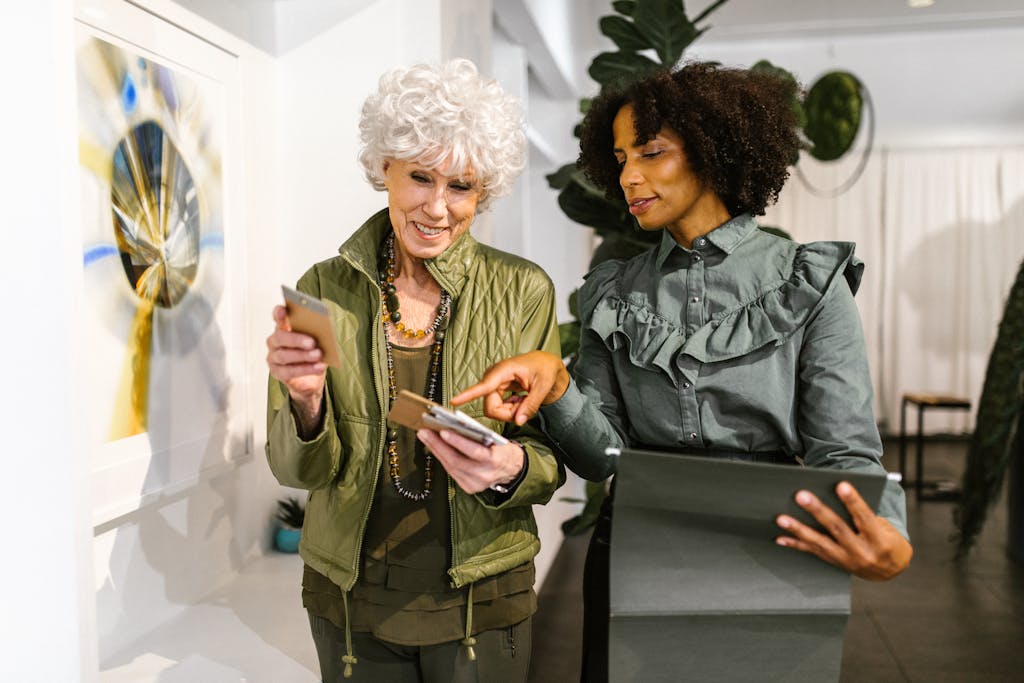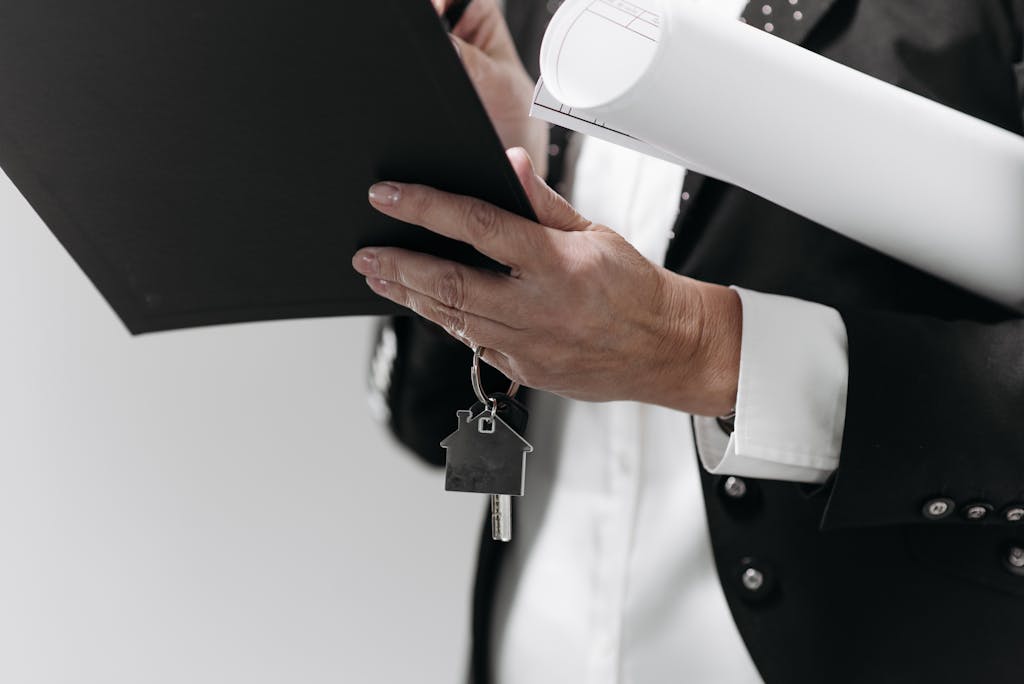Modern life is an ongoing stream of incentives. Bright showcases, discounts, mailings with tempting sentences, “limited series” and all kinds of recommendations from bloggers - all this constantly attracts us to buy. And now the hand itself reaches for a wallet or a banking application, and after a moment a familiar feeling comes: "Why did I buy it (a)?" Impulsive expenses have become the norm for millions of people. They quietly wash out the money from the budget and deprive us of the opportunity to accumulate on really important things.
Control over finances does not begin with the calculation of cents and not with hard savings. It begins with internal awareness - with an understanding of why we buy how the world around us affects us and what emotions we try to “repay” purchases. In this article, we will examine in detail how to learn how to manage your desires, reduce the number of impulsive expenses and develop a strong financial discipline without pressure, guilt and rejection of the joy of life.
What is impulsive expenses and why are they taking place?
Impulsive expenses are spontaneous purchases that are made without a preliminary plan and often under the influence of emotions. They can be caused:
- Stress or anxiety
- Boredom or loneliness
- The joy and desire to "celebrate"
- A feeling of envy or desire to keep up with
- Stimulating advertising or action
Such expenses bring short -term pleasure, but are often accompanied by a sense of regret and guilt. They destroy financial stability, create chaos in the budget, and, most importantly, interfere with the achievement of long -term goals.
Step 1: Awareness of the emotional background
The first thing to start is to learn distinguish emotions and real needs . It is important to ask yourself questions before buying:
- Why do I want it right now?
- What do I feel at this moment?
- Does this purchase solve my problem or distracts from it?
Understanding their own emotional patterns is the key to behavior management. For example, if you notice that most often you buy something in a bad mood, you can replace this reaction with a more useful one: a walk, a call to a friend, a cup of tea or keeping a diary.
Step 2: Install personal triggers
Each person has its own “weaknesses” that cause a desire to spend. It can be:
- Overwork and desire to "please yourself"
- Certain stores or sites
- Personal environment provoking expenses
- Social networks and advertising
Having identified these triggers, you can prepare in advance for them. For example, to limit the time in social networks, unsubscribe from marketing mailings, do not go to shopping centers without need, remove applications from the phone where it is easy to make purchases.
Step 3: Use "Pause rule"
One of the simplest and most effective tools is Rule 48 or at least 24 hours . Its essence is to Do not buy a thing right away, but return to it after time , if the desire does not disappear. Most impulsive desires disappear in a few hours.
You can start a special list of “I want to buy” and write down all spontaneous desires there. After 2-3 days, re -read and decide if you really need it. Such a list turns an unconscious purchase into a conscious solution.
Step 4: Budget with personal "pockets"
Financial discipline does not mean a complete rejection of pleasure. On the contrary, it is important leave a place in the budget for joy . Create a separate category “for spontaneous desires”, where, for example, 5-10% of the budget will go. It will be a safe space for small purchases without guilt.
This approach helps to maintain an internal balance. You continue to delight yourself, but in the framework that do not violate the overall financial picture.
Step 5: Track progress - Keep a shopping diary
It is very useful to start Not only cost accounting , but also A mini-day of emotions associated with expenses . Write down:
- What did you buy?
- For what?
- How did you feel before and after the purchase?
In a month you will see repeated templates. For example, it turns out that you most often spend money in the evening, alone or after a conflict. This knowledge will help replace unhealthy reactions with more constructive ones.
Step 6: Strengthen the internal guidelines
Impulsive expenses often occur against the background lack of internal stability . When a person has no clear goals, values and sensations of satisfaction with life, it is more difficult for him to resist the temptations. Therefore, it is important to develop:
- Goals - short -term and long -term
- Understanding your priorities
- Personal philosophy of consumption
For example, you can consciously adhere to minimalism, environmentally friendly lifestyle or abandoning unnecessary. This forms an internal frame that helps to resist even the most attractive showcase.
Step 7: pay attention to intangible pleasures
Many impulsive expenses are a way to compensate Emotional deficiency . If you learn to saturate your life with intangible joys, then the need for purchases will decrease. Think:
- What fills you up?
- What brings satisfaction without costs?
- What hobbies, hobbies or classes have you postponed a long time?
Walks, sports, music, creativity, self -care, warm conversations - all this creates a rich life in which purchases lose their power.
Step 8: Practice gratitude
A sense of insufficiency, a constant desire for more - this is a frequent satellite of the impulsive buyer. Practice helps Daily gratitude . In the evening, write down why you are grateful to this day: events, things, moments.
Gradually, you will begin to feel the abundance of existing. This removes the focus from what is “missing”, and translates it to what already fills your life.
Step 9: Surround yourself with support
The fight against impulsive expenses is the path that needs support. Tell loved ones about your goals, share success and difficulties. Together, it is easier to adhere to the course, especially if friends share similar values.
You can also find like -minded people in thematic groups, read blogs about conscious consumption or even pass a small challeng without purchases - this inspires and strengthens the motivation.
Step 10: Turn control into a lifestyle
Financial discipline is not a temporary measure, but The way of thinking . It is important not only to avoid unnecessary purchases, but to develop a stable habit of thinking and feeling differently. Turn the rejection of spontaneous expenses into the natural rhythm of life. Over time, it will become familiar, like brushing your teeth.
Create your own system of landmarks, rituals and reminders. Hang a list of your goals on the refrigerator, write the mantra “I choose rationality” or set a background reminder to the phone. May your thinking become your ally, and not an enemy in the fight against impulses.
Conclusion
Control over impulsive expenses is not to restrictions, but to freedom. Freedom from the emotional blackmail of marketing, from guilt after another unnecessary purchase, on dependence on things. This is the path to awareness, harmony and self -respect.
Choosing discipline, we choose care. Caring for the future, about your calm, about your family. And even if every step - even the smallest - brings you closer to life, where finances serve your goals, not emotions. Where the choice is power, not weakness. Where joy is not in the purchase, but in the sense.






James Thornton
·Dtladiscovery helped me understand how to create a solid monthly budget. Now I feel more confident managing my expenses.
Emily Richards
·Thanks to Dtladiscovery, I finally grasped how to track my spending better and avoid impulse buys.
Jessica Ford
·The budgeting templates provided are incredibly useful and easy to customize for my needs.